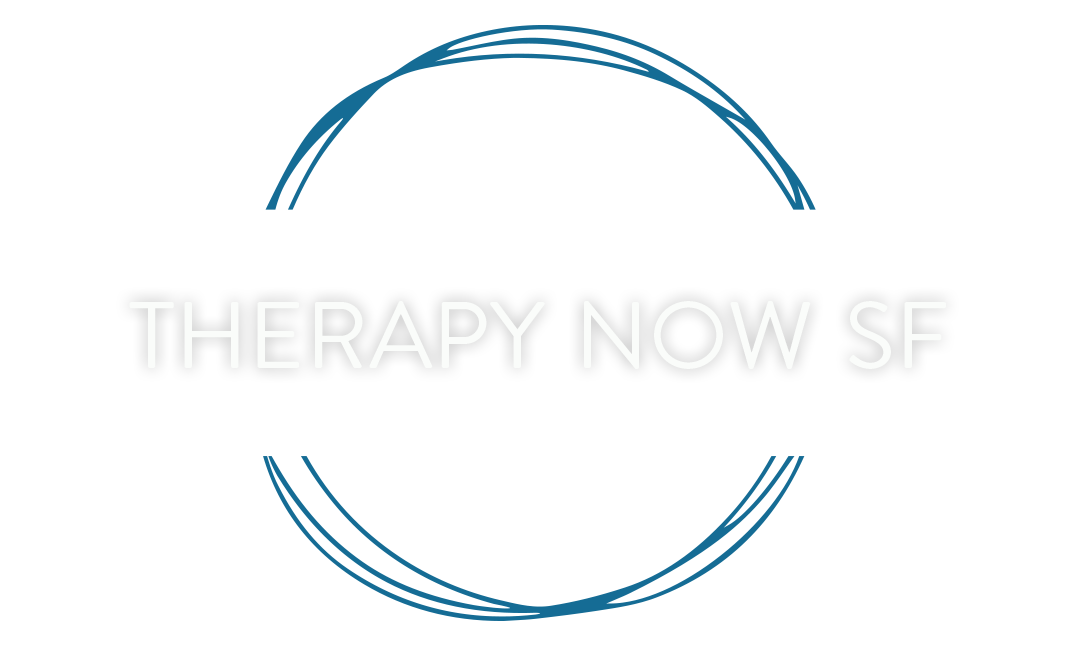By Pooja Mamidanna, AMFT
BIPOC = Black, Indigenous and People of Color.
July is BIPOC Mental Health Awareness Month. I wanted to use this blog post to provide education on how this movement started and how can we as individuals do our part to support this.
“This movement was acknowledged in June 2008 by Bebe Moore Campbell (An American Author, journalist, teacher and mental health advocate) to bring awareness to the unique struggles that underrepresented groups face in regard to mental illness in the United States. Bebe worked tirelessly to shed light on the mental health needs of the Black community and other underrepresented communities. In effort to continue the visionary work of Bebe Moore Campbell, each year Mental Health America develops a public education campaign dedicated to addressing the needs of BIPOC.”
As an immigrant woman of color, there is not a day that goes by when I don’t reflect on the privilege I hold in my life. The reflection of my privilege began as a young child. When you are raised in an immigrant family, you are always educated on this. My family worked hard for generations to provide me with this life.
I grew up in an orthodox South Indian family. While I was very happy to learn about my family’s ethics/values towards their professional goals, I was also disappointed with some of the systemic racist ideologies they had of other populations of color! I can reflect back to being in the second grade, questioning and arguing with their ideologies. This is something I still do with my family as well, by providing constant education to dismantle the antiracist ideologies present in my family’s belief system.
My education towards cultural competency began at my school. I had the privilege of studying in an international school from kindergarten to grade 12, I had friends from different walks of life and very few South Asian classmates. Majority of my friends are biracial and have multiethnic backgrounds.
My education towards cultural humility began, when I started my journey studying psychology and pursuing my career to be a Psychotherapist. I’m grateful to my amazing professors, clinical supervisors and mentors for challenging me further and making me reflect on the privileges I bring into the therapy room.
The reason I’m writing about privilege is, right now more than ever, our brothers and sisters from these beautiful communities need us to step up our game of advocacy.
We are all aware of the COVID -19 racial pandemic we are currently residing in. This ongoing multigenerational racial trauma causes severe impairments for the mental health and wellbeing for our communities of color.
We need to come together in solidarity to collectively grow and heal together as a community.
It really is simple- for any systemic change to occur we first need to start with our personal and professional communities). It is time to start having tough conversations that might feel uncomfortable at first. However, you will only grow as an individual when you learn to sit with the discomfort. We need to put in the work by engaging in the following steps:
1.) SELF AWARENESS
Recognizing your own antiracist ideologies
2.) SELF EDUCATION
What do you know? What don’t you know? What would you like to learn?
3.) SELF REFLECTION
Reflecting on what you have been taught. What are you holding onto?).
4.) ACTION/MAINTENANCE
Now that you are more educated and will continue to educate yourself, what are some steps you’re going to take to be an advocate?
Although I might have been provided this strong educational foundation as a child and through my career as a Psychologist, I am STILL learning every day. I am constantly reflecting, educating myself and advocating in the work that I engage in, personally and professionally.
Remember this is not a sprint, it is a marathon. Let’s continue to learn, reflect, educate and advocate.
Check out the resources below to learn more, reflect, educate and advocate.
Mental Health America BIPOC MENTAL HEALTH MONTH
https://mhanational.org/bipoc-mental-health
MH America : In the Open Podcast Series
https://podcasts.apple.com/us/podcast/in-the-open/id1462368967?i=1000481713875
The BIPOC Project
https://www.thebipocproject.org/about-us
The Happiness Lab: How to be a better Ally (podcast )
Guide to Being an Anti-Racism Activist:
https://www.thoughtco.com/things-you-can-do-to-help-end-racism-3026187
Anti-racism resources:
https://docs.google.com/document/d/1BRlF2_zhNe86SGgHa6-VlBO-QgirITwCTugSfKie5Fs/mobilebasic
Guide to Ally Ship
The Mother of all Black Lives Matter Resource Doc
Guidelines for Being Strong White Allies
https://www.racialequitytools.org/resourcefiles/kivel3.pdf
How Latinx People Can Fight Anti-Black Racism in Our Own Culture
https://www.teenvogue.com/story/how-latinx-people-can-fight-anti-black-racism-in-our-own-culture
Asian Ally ship & Accountability
http://www.bgdblog.org/2015/02/become-oppressive-ally-asians-anti-blackness-accountability/
FamilyCare, CommunityCare and SelfCare Tool Kit: Healing in the Face of Cultural Trauma:
#BIPOCMentalHealthMonth #mentalhealthamerica
#BIPOCMentalHealthAwarenessMonth
#BIPOCmhm20 #mentalhealthareness #mentalhealthadvocate #psychology


